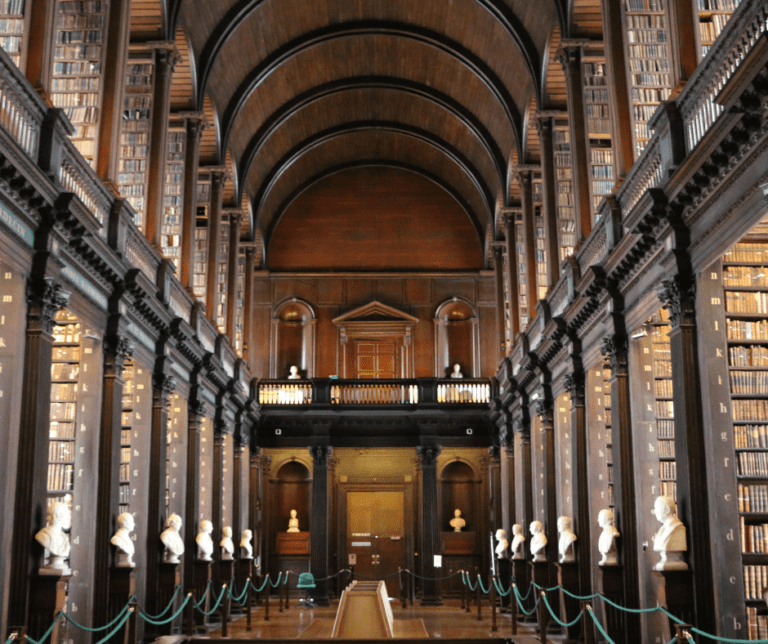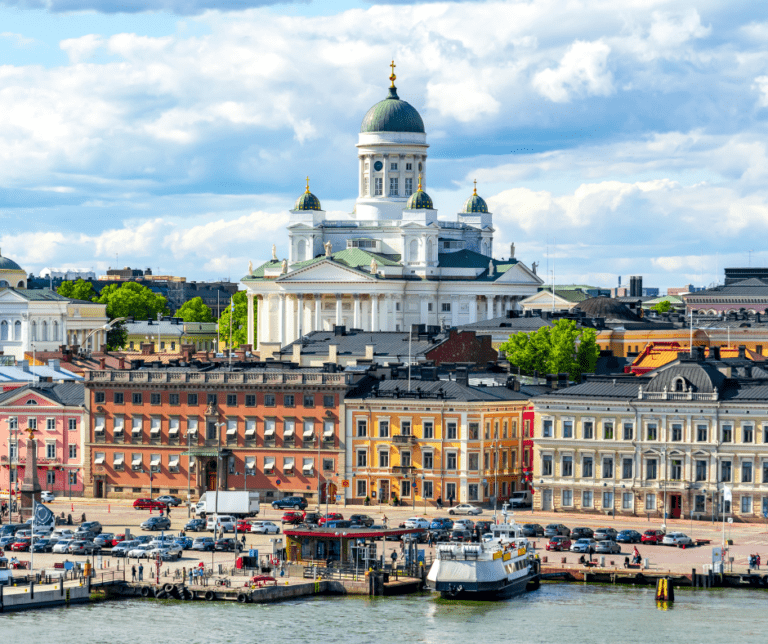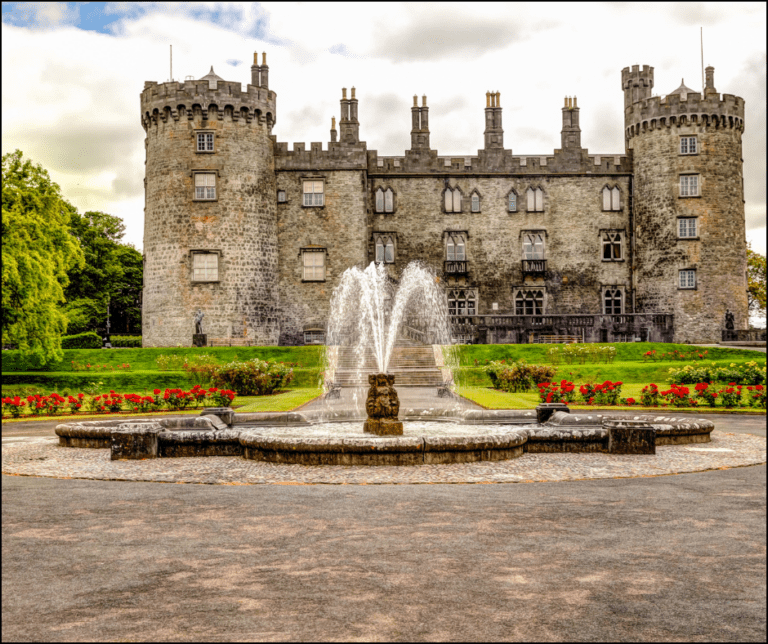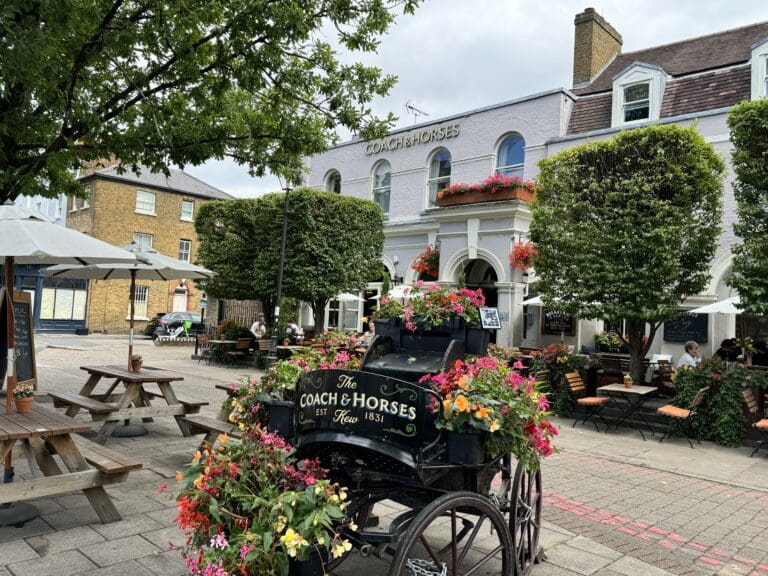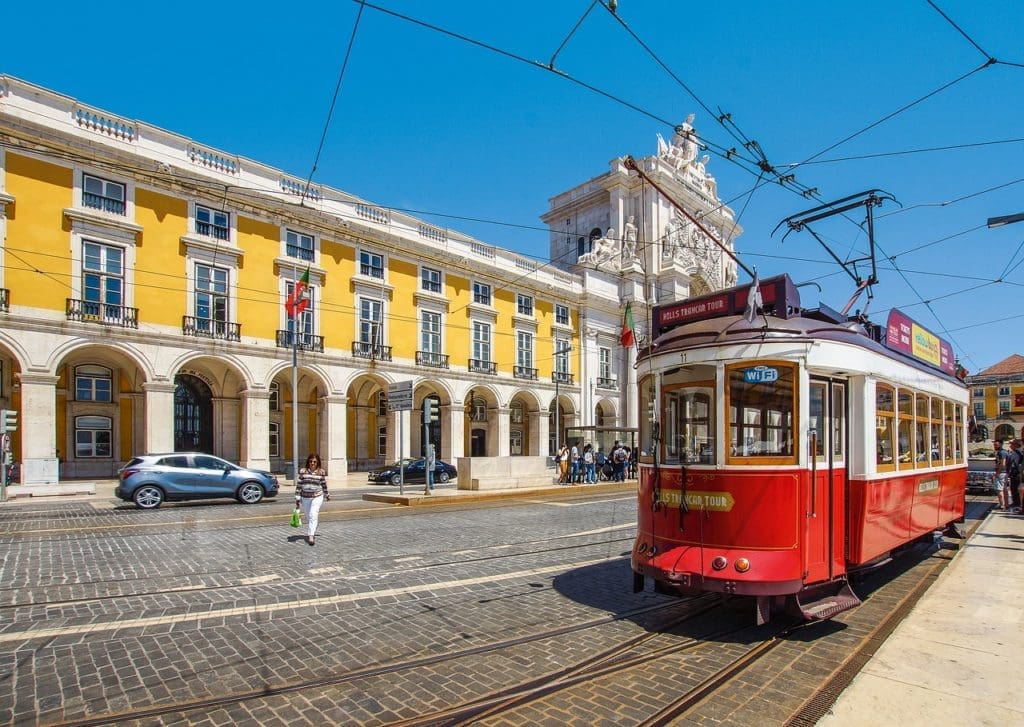
Lisbon is the stunning capital city of Portugal and one of the most charismatic cities in Europe. A city that effortlessly blends traditional heritage with striking modernism and progressive thinking, there is never a shortage of things to do in Lisbon.
The amazing landscape, quaint restaurants, and fresh beer on tap just add to the charm and beauty of this place. Lisbon is a city that has something for everyone.
Here are some of the main sites, off the beaten spots, and local restaurants to get you started!
 Belém Tower
Belém Tower
The famous tower, a UNESCO World Heritage Site, is one of the most iconic landmarks in Lisbon. It was built in the 16th century and served as a fortress to protect the city from invaders.
The tower also served as a prison and as the departure point for many of the voyages of discovery that laid the foundations of the Portuguese Empire.
There are four floors, including a terrace with views of the river and surrounding areas. The tower is decorated with stone carvings of armillary spheres, crosses of the Order of Christ, and other motifs related to Portugal’s seafaring past.
Travel Tip: Take the narrow spiral staircase all the way to the top of the observation area for fantastic views of the city and ocean!
 Jerónimos Monastery
Jerónimos Monastery
The Jerónimos Monastery is one of the most prominent examples of the late Portuguese Gothic style of architecture in Lisbon.
Erected in the early 1500s near the launch point of Vasco da Gama’s first journey, the monastery is one of the most visited landmarks in Lisbon, which was classified a UNESCO World Heritage Site in 1983.
You can visit the south portal, a stunning example of Manueline architecture at its most exuberant. The monastery’s cloisters are also a must-see.
Visit the tombs of Vasco da Gama and Luís de Camões, the upper choir, the chancel, the transept chapels, the sacristy, and the chapel of Senhor dos Passos.
 Lisbon Oceanarium
Lisbon Oceanarium
The Lisbon Oceanarium is one of the largest aquariums in Europe, located in the Parque das Nações district of Lisbon. Home to over 15,000 marine animals from over 450 different species, the oceanarium has a large central tank with four smaller tanks branching off, each representing a different oceanic ecosystem.
The central tank is home to a variety of species including sharks, rays, and sunfish. The smaller tanks represent the North Atlantic rocky coast, the Antarctic coastal line, the Temperate Pacific kelp forests, and the Tropical Indian coral reefs. The oceanarium also has a temporary exhibition space that hosts various exhibitions throughout the year.
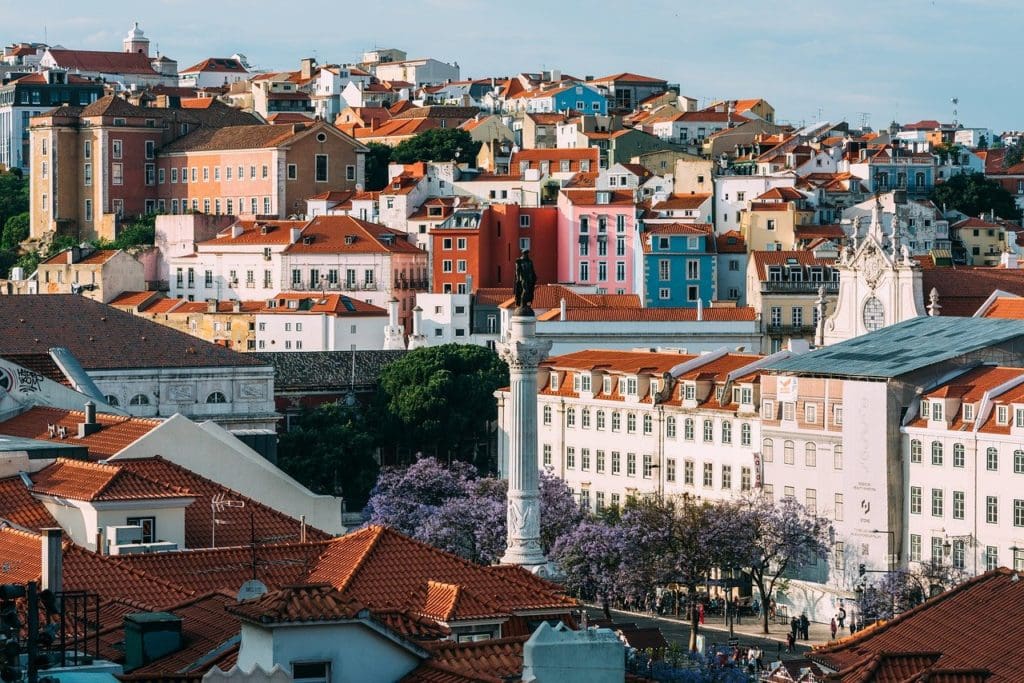 Rossio Square
Rossio Square
The popular name given to Pedro IV Square, Rossio Square is one of the most energetic squares in Lisbon lined with clamoring bistros and boutique shops.
The Rossio has been a meeting place for people of Lisbon for centuries with some of the cafés and shops dating from the 18th century. The building of the Maria II Theatre and the Public Gardens to the north of the square made the area more popular with London’s high society in the 19th century.
 Alfama
Alfama
Alfama is one of Lisbon’s oldest and most photogenic communities known for its narrow, steep, and winding cobblestone streets. You’ll find multiple scenic viewpoints that give you a bird’s eye view of nearby cathedrals, classic red roofs, and the Tagus River.
Some of the top things to do in Alfama include seeing the Lisbon Cathedral, exploring the Jewish Quarter, listening to Fado Music, the Fado Museum, the Roman Amphitheatre and Museum, exploring the views of Portas do Sol and Senhora do Monte, visiting Saint Anthony’s Church, and visiting the hilltop Castle of Sao Jorge.
Travel Tip: If you’re looking for a place to eat in Alfama, there are plenty of great options. One of the best places to eat is at Santo Antonio de Alfama, located in a charming alleyway serving traditional Portuguese food. Another great option is A Baiuca, known for its seafood dishes and great atmosphere.
 Take Tram #24
Take Tram #24
Instead of taking the popular Tram #28, take Tram #24 which will take you through some lesser-known neighborhoods in Lisbon. The tram route connects Praça Luis Camões plaza with Campolide, to the north of the city, passing through the nightlife district of Bairro Alto, the affluent district of Príncipe Real, and terminates in the residential area of Campolide.
The tram ride is a great way to see some of Lisbon’s most beautiful neighborhoods. You’ll pass by some of Lisbon’s most famous landmarks like the romantic São Pedro de Alcântara viewpoint and the modern towers of Amoreiras.
The tram departs from Praça Luís de Camões, the square that divides the neighborhoods of Chiado and Bairro Alto. It takes about 20 minutes to complete its journey, and departs every 15 or 20 minutes, usually between 7am-7pm.
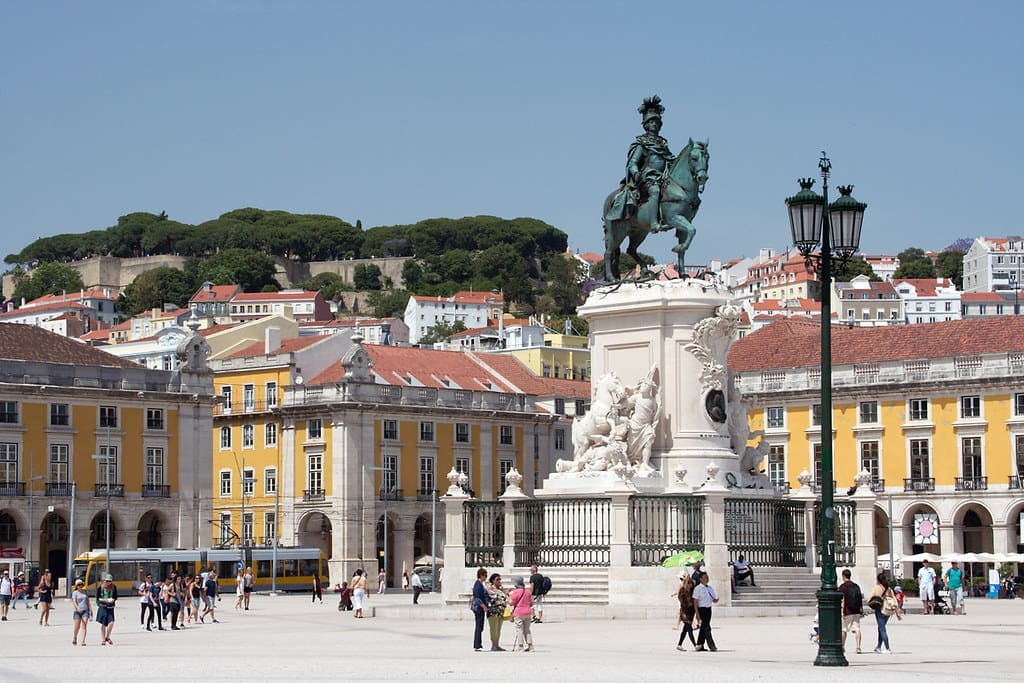
Planning a Trip to Portugal?
We can help create your perfect itinerary!
- Worried you'll miss the hidden gems?
- How long should you stay in each place?
- Should you rent a car, train it, or both?
 Castelo de São Jorge
Castelo de São Jorge
Castelo de São Jorge is a historic castle in Lisbon situated on a hilltop offering stunning views of the city and the Tagus River.
The castle was originally built in the 11th century which has been restored and now open to the public. Visitors can explore the castle grounds, which include a museum, gardens, and a restaurant.
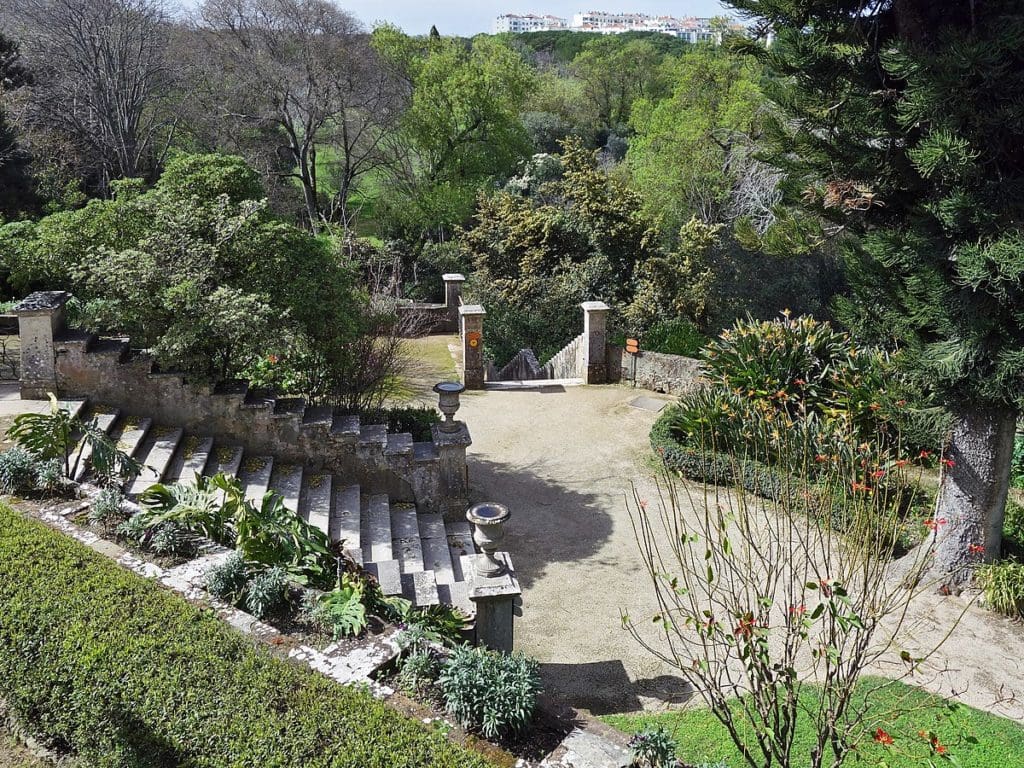 Parque Botânico do Monteiro-Mor
Parque Botânico do Monteiro-Mor
Parque Botânico do Monteiro-Mor is a hidden gem in Lisbon you’ll want to see! This exuberant botanical park unfolds along the edge of the Lumiar’s plateau over an area of 27 acres.
The park surrounds the Palácio do Monteiro-Mor, where the Museu Nacional do Traje and the Museu Nacional do Teatro are located.
Located in the heart of Lisbon, this is a great place to escape the hustle and bustle of the city. You can explore the park grounds, which include a variety of plants and trees from around the world. The park also has a small lake and several walking trails.
 Church of St. Dominic
Church of St. Dominic
The Church of St. Dominic is a Roman Catholic church in central Lisbon listed as a Portuguese National Monument known for its architecture and stunning interior.
This baroque church can be described as ill-fated. After experiencing the Lisbon earthquake in 1755 and the devastating fire in 1959, the church today is no longer as gorgeous as it used to be.
The church was dedicated in 1241 and was, at one time, the largest church in Lisbon. Perhaps the most intriguing Lisbon old town church, Santo Domingo has a storied past and scarred remains. Over the centuries the church has been the site of royal religious celebrations, weddings and christenings.
 Calouste Gulbenkian Museum
Calouste Gulbenkian Museum
The Calouste Gulbenkian Museum is one of the greatest museums of Portugal, featuring a renowned collection of ancient and modern art. The Gulbenkian’s collection was amassed by collector Calouste Gulbenkian during the late 19th and early 20th centuries.
This is one of the main tourist attraction in Lisbon, which attracts art lovers from all over the world. The museum is located in Lisbon’s Avenidas Novas neighborhood and surrounded by tranquil gardens that make it feel like an art-filled oasis. The museum’s permanent collection is its defining feature and spans 5,000 years of history.
 Parque das Nações
Parque das Nações
Parque das Nações is a modern and vibrant district in Lisbon that was built for the 1998 World Expo. Located on the banks of the Tagus River, the park is home to many attractions like the Oceanarium, Vasco da Gama Bridge, and Oriente Station.
The area is known for its unique architecture and serves as a great place to take a stroll along the boardwalk. You can also enjoy the view from a cable car.
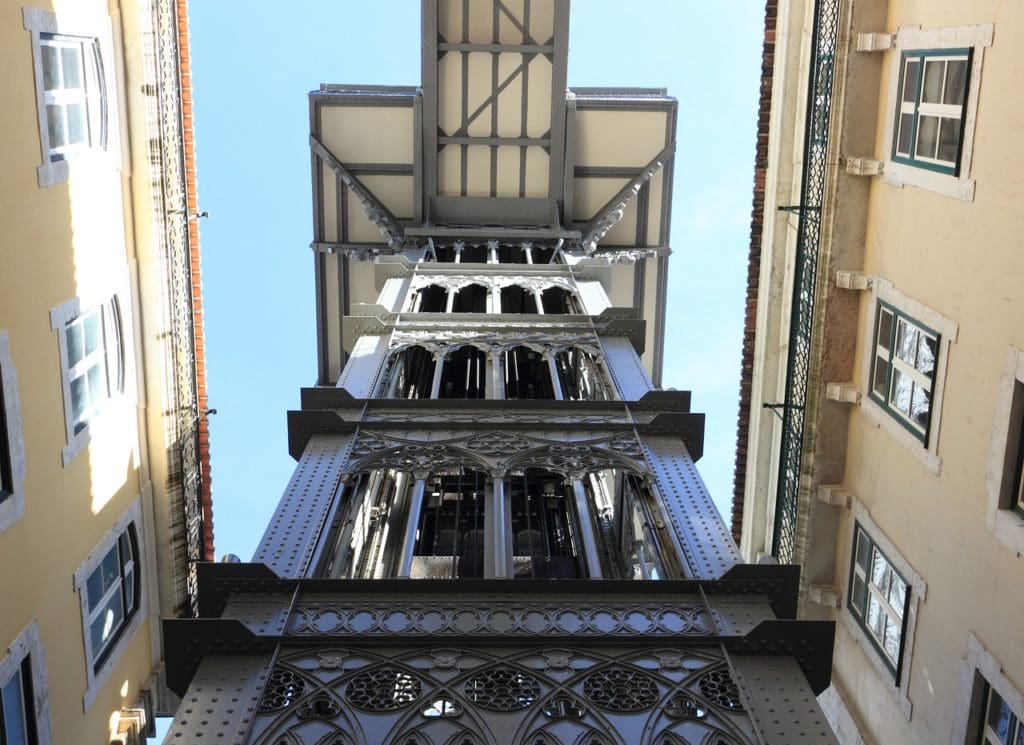 Santa Justa Lift
Santa Justa Lift
The Santa Justa Lift is an elevator in Lisbon that connects the lower streets of the Baixa with Carmo Square. It was inaugurated as one of the city’s public transport systems on July 10th, 1902.
Since its construction the lift has become a tourist attraction for Lisbon as it is the only remaining vertical one among the urban lifts in the city.
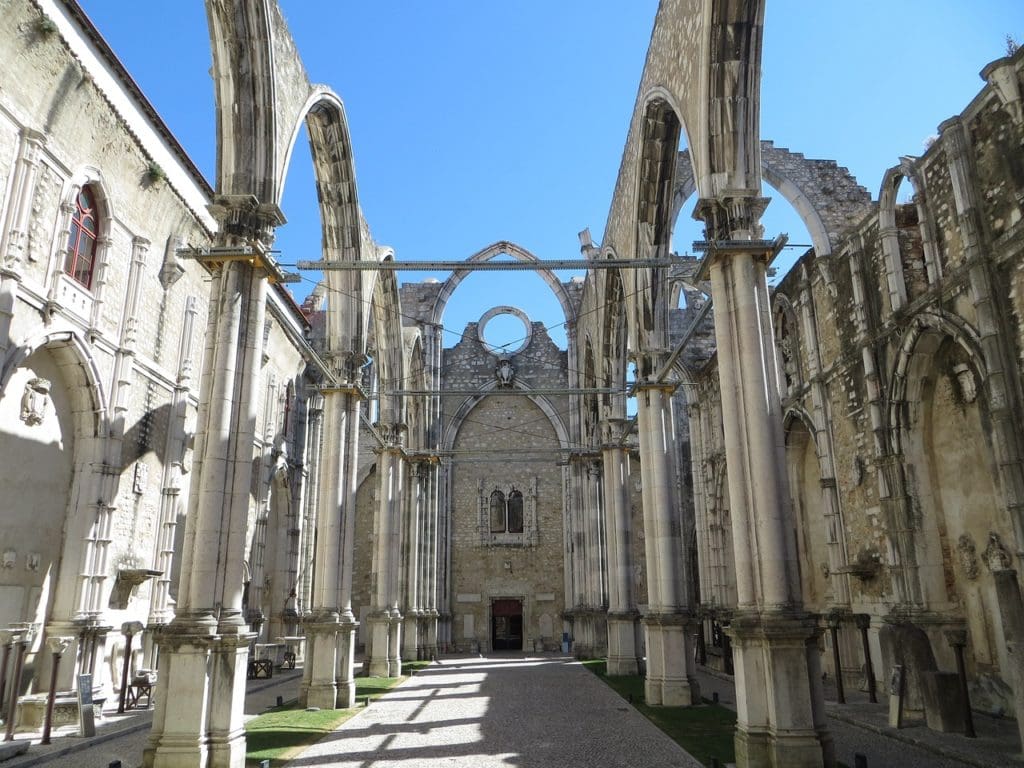 Carmo Convent
Carmo Convent
The Convent of Our Lady of Mount Carmel is a former Catholic convent located in the civil parish of Santa Maria Maior. The medieval convent was ruined during the 1755 Lisbon earthquake, and the destroyed Gothic Church of Our Lady of Mount Carmel still stands as a monument to the disaster.
The ruined Carmo Convent is one of Lisbon’s most hauntingly beautiful sights and stands as a reminder of the devastating earthquake that destroyed most of the city.
 Praça do Comércio
Praça do Comércio
The Praça do Comércio is a large, harbor-facing plaza, one of the largest in Portugal. It’s known as Terreiro do Paço since it was once where the paço, or palace, used to stand before the earthquake of 1755.
The Praça do Comércio has placed government offices in charge of customs and the affairs of the port of Lisbon. It’s become a popular tourist attraction and a great place to take a stroll to enjoy the view of the Tagus River .
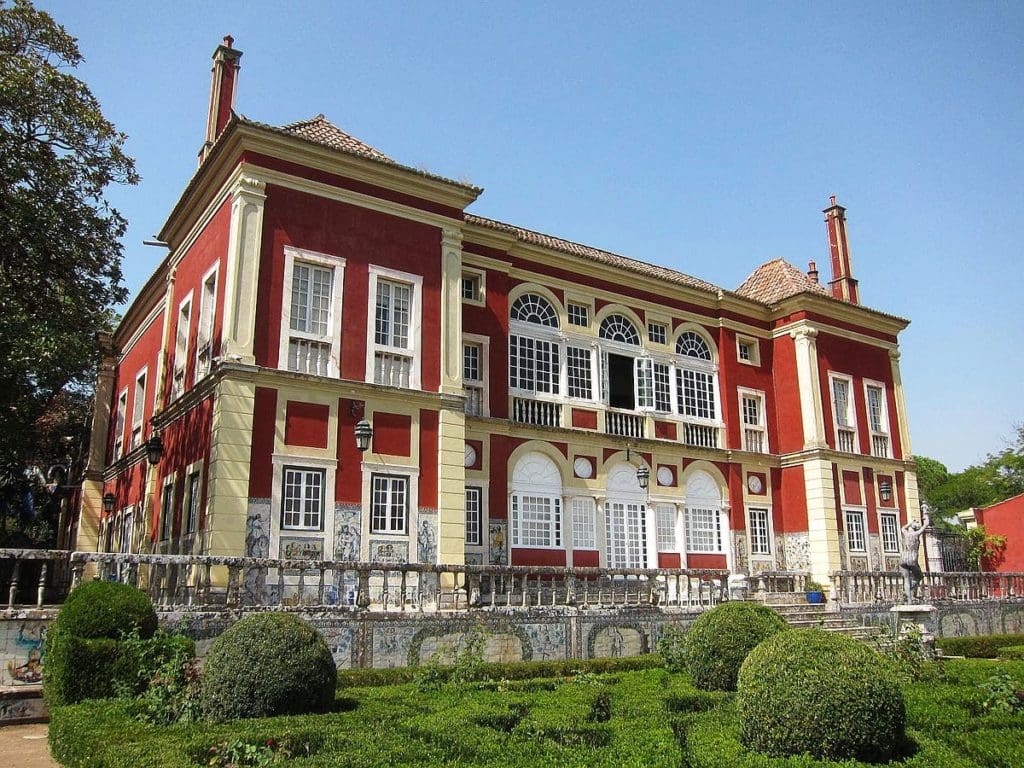 Fronteira Palace
Fronteira Palace
Fronteira Palace is one of the most beautiful seventeenth-century monuments in Lisbon. The Palace holds the largest collection of seventeenth-century “azulejos” (Portuguese tiles) preserved in situ.
It was built in 1670 which was used as a second residence and hunting lodge by the Mascarenhas family before the Lisbon earthquake.
The Palace is located northwest of the city center, in the district of Benfica. The gardens can be visited without a guide or by following a pre-designed itinerary with audio guides. Visitors are welcome to join the monthly “thematic walks” through the gardens, conducted by art historian Ana Paula Rebelo Correia.
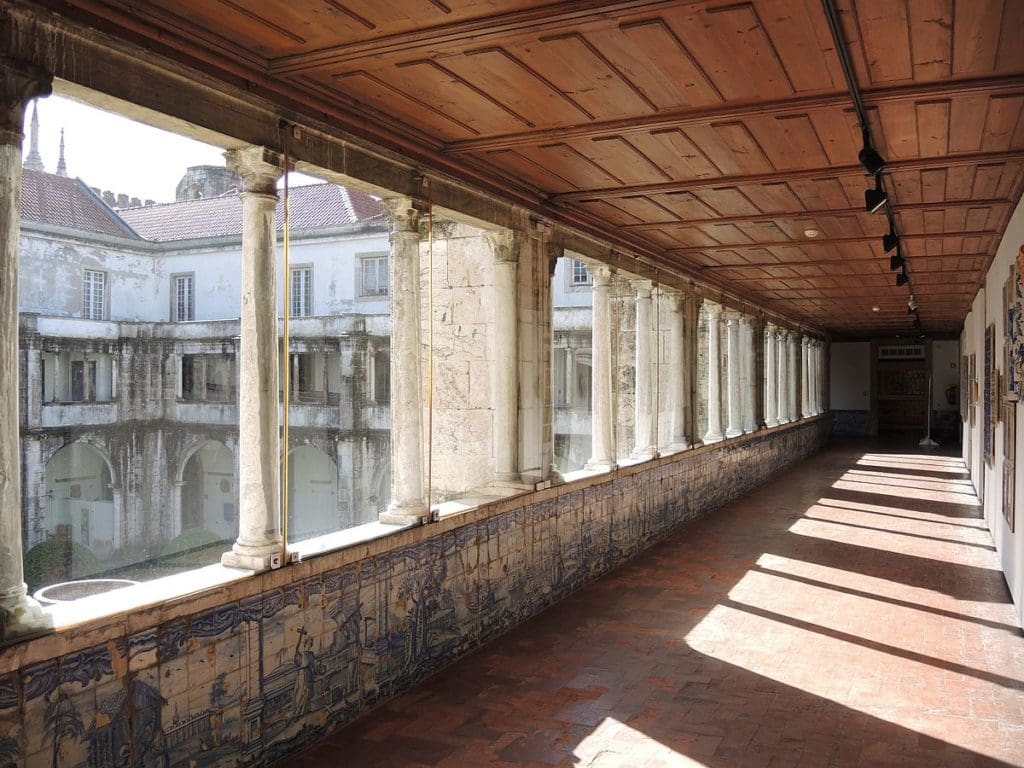 National Tile Museum
National Tile Museum
The National Tile Museum is a unique art museum dedicated to the azulejo, traditional tilework of Portugal. It houses a splendid collection of decorative tiles dating from the 15th century to the present day.
The museum is set in Madre de Deus Convent, founded in 1509 and its collections allow a journey through the history of tile.
Where to Eat
When it comes to food, Lisbon has plenty of options. Here are a couple great places to eat in Lisbon.
Time Out Market: This large local food market has over 40 restaurants and bars serving up some of the best food in Lisbon.
Cervejaria Ramiro: This seafood restaurant is a local favorite known for its fresh seafood and special dishes.
Pasteis de Belem: This bakery is famous for its pastel de nata, a delicious custard tart that’s a must-try when visiting Lisbon.
Quick Travel Tips
Public transportation: Lisbon has an extensive public transportation system that includes buses, trams, and trains. The Viva Viagem card is a great option for getting around the city.
Safety: Lisbon is generally a safe city, but it’s always a good idea to be aware of your surroundings and keep your belongings close.
Weather: Lisbon has a Mediterranean climate with mild winters and hot summers. The best time to visit is between March and May or September and October when the weather is pleasant but not too hot.
The Ultimate Pre-Travel Checklist
Download ‘10 Crucial Things To Do Before Traveling Abroad’ to avoid mistakes and ensure a smooth trip; adapters and electronics, packing tips, foreign currency, phone plans, and more!



